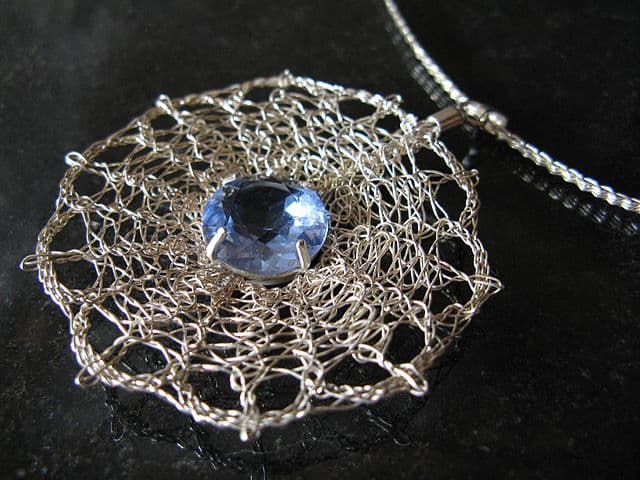Polariscope Guide, Part 1: Testing Gemstone Refraction
The polariscope is one of gemology’s simplest and most useful tools. With a little practice and our three-part polariscope guide, you’ll soon be able to conduct some fundamental gem identification tests.
9 Minute Read
Buying a Polariscope
A polariscope is an inexpensive tool and an essential investment for the gemology student. Read our polariscope review to get a sense of what’s available. You can purchase a polariscope through Amazon or eBay or make one yourself if you follow the instructions below.
Even if you purchase a polariscope, knowing how to assemble one will help you understand how the instrument works.
Build Your Own Polariscope
A polariscope consists of three elements: a light source and two pieces of polarizing material, one fixed and one rotating.
Almost any light source will do, including good flashlights and desk lamps. Some designs use mirrors to reflect light into the polariscope, eliminating the need for a separate light source.
For high-quality polarizing filters, look for those designed for photography. For something quick and inexpensive, you can even use lenses from an old pair of sunglasses.
Types of Polarizing Filters
There are two types of polarizing filters: linear and circular. The linear type is easier to use. However, both types will work.
If you don’t know which you have, put two filters together. Then, hold them up to the…
Donald Clark, CSM IMG
Related Articles
Learn to Use the Spectroscope (Video)
Product Review, Diamond Calculator
Learn to Use a Diamond Tester and Chelsea Filter (Video)
Faceting Articles, Designs, & Pictures: Book Review
Never Stop Learning
When you join the IGS community, you get trusted diamond & gemstone information when you need it.
Get Gemology Insights
Get started with the International Gem Society’s free guide to gemstone identification. Join our weekly newsletter & get a free copy of the Gem ID Checklist!
